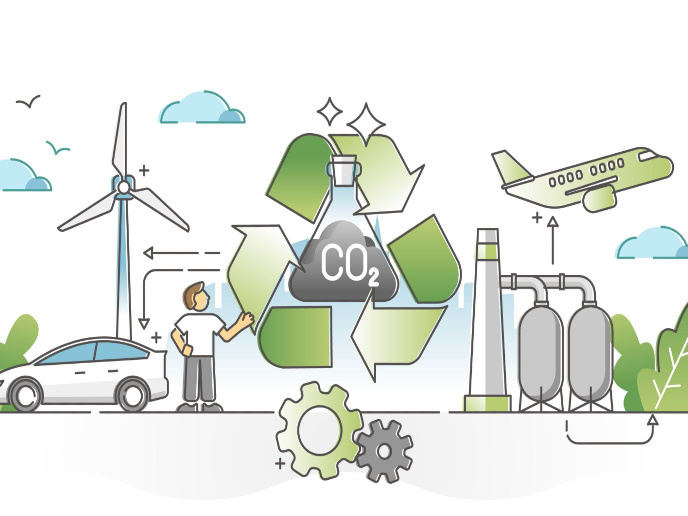Gas separation and storage for less global warming
The 'Hybrid hydrogen - carbon dioxide separation systems' (HY2SEPS) project aimed to find a way of enhancing the recovery of hydrogen (H2) and providing an H2-free carbon dioxide (CO2) stream ready for capture and sequestration. Carbon sequestration allows for the long-term storage of CO2 to mitigate the accumulation of greenhouse gases released by burning fossil fuels. This process has been indicated for avoiding or slowing down global warming. The EU-funded project realised its goals through the development of a hybrid membrane/ pressure swing adsorption (PSA) system for the process of H2/CO2 separation. A model for the hybrid system was formulated, and appropriate strategies and computational tools for its design and optimisation were developed. HY2SEPS experimental tests showed that H2 recovery using the PSA standalone system was improved to about 75 % from around 65 %. Tests using commercially available sorbents at a PSA pilot plant provided guidance on how to increase PSA efficiency by adjusting various cycle times. Process design simulations revealed that the PSA-membrane hybrid system is capable of increasing hydrogen recovery by up to 10 % and obtaining a CO2 stream of almost 80 % purity coming out. CO2 capture can reach as high as 90 % without sacrificing H2 purity and recovery if CO2 concentration is reduced to about 60 %. Assessment of hybrid process sustainability was finalised and a study was conducted to quantify impacts of the hybrid system on the environment. HY2SEPS results showed that the cumulative global warming potential (GWP) for the hybrid process was lower than for the standalone PSA system.







